In the realm of nature’s predators and prey, the hunt for survival takes on various forms of strategy and adaptation. Snakes, often feared and revered, find themselves in a position of both being the hunters and the hunted. However, a fascinating aspect of this dynamic is the existence of creatures specifically evolved to pursue and prey upon snakes.
From formidable birds of prey to stealthy mammals and even other species of snakes, the animal kingdom boasts a diverse array of Animals that Hunt Snakes. In this article, we delve into the intriguing world of those creatures that have honed their skills to track, ambush, and conquer these serpentine beings.
Join us as we unravel the captivating tactics and extraordinary adaptations of animals that have mastered the art of hunting snakes, shedding light on this primal dance of predator and prey in the wild.
Table of Contents
Overview of the Predator-Prey Relationship in the Animal Kingdom:
The predator-prey relationship is a fundamental aspect of ecology, shaping the dynamics of ecosystems and driving the evolutionary adaptations of both predator and prey. This intricate dance of life and death is a result of millions of years of co-evolution, influencing the behavior, physiology, and morphology of countless species. Predators have evolved various hunting strategies to catch their prey, while prey species have developed an array of defenses to avoid capture.
This relationship plays a crucial role in maintaining the balance of populations within an ecosystem and contributes to the overall health and stability of the environment. Understanding the predator-prey relationship provides valuable insights into the functioning of ecosystems and underscores the delicate interdependence of life forms within the animal kingdom.
Understanding Snake Predation:
Snakes, as both predators and prey, occupy a unique niche in the animal kingdom. They are skilled hunters, employing a diverse range of hunting techniques such as ambush, constriction, venom injection, and pursuit to catch their prey. Their choice of prey can vary widely based on species and size, ranging from insects and rodents to birds and even other snakes.
Understanding snake predation involves exploring their hunting behaviors, their specialized anatomy for capturing and consuming prey, and the ecological role they play as both regulators of prey populations and a food source for other predators. The study of snake predation sheds light on the intricacies of predator-prey dynamics and contributes to a comprehensive understanding of the diverse strategies in the animal kingdom.
Eagles (Various species):

Eagles, powerful birds of prey with keen eyesight and sharp talons, are formidable snake hunters. Their exceptional vision allows them to spot snakes from high in the sky, and they swiftly swoop down to capture their prey. With strong talons and beaks, eagles can grasp and carry snakes, making them effective snake-hunting predators. Snakes constitute a part of their diverse diet, particularly for some larger eagle species. This hunting behavior helps regulate snake populations and reinforces the ecological balance within their habitats.
Hawks (Various species):

Hawks, agile and keen-sighted raptors, are adept snake hunters found across diverse habitats. Their sharp talons and strong beaks enable them to capture and consume various snake species. Hawks often soar above open areas or forested regions, scanning the ground for potential prey. When they spot a snake, they swiftly dive down to seize it. Snakes, ranging from small to medium-sized, form a substantial portion of their diet. This predation plays a crucial role in controlling snake populations and maintaining the delicate balance of their ecosystems.
Falcons (Various species):

Falcon species, known for their incredible speed and precision in flight, are proficient snake hunters. Equipped with sharp beaks and talons, falcons effectively capture snakes in flight or on the ground. Their exceptional aerial hunting skills make them formidable predators, particularly for smaller snake species. Falcons play a vital role in controlling snake populations, and their presence is essential for maintaining ecological harmony within their habitats.
Owls (Various species):
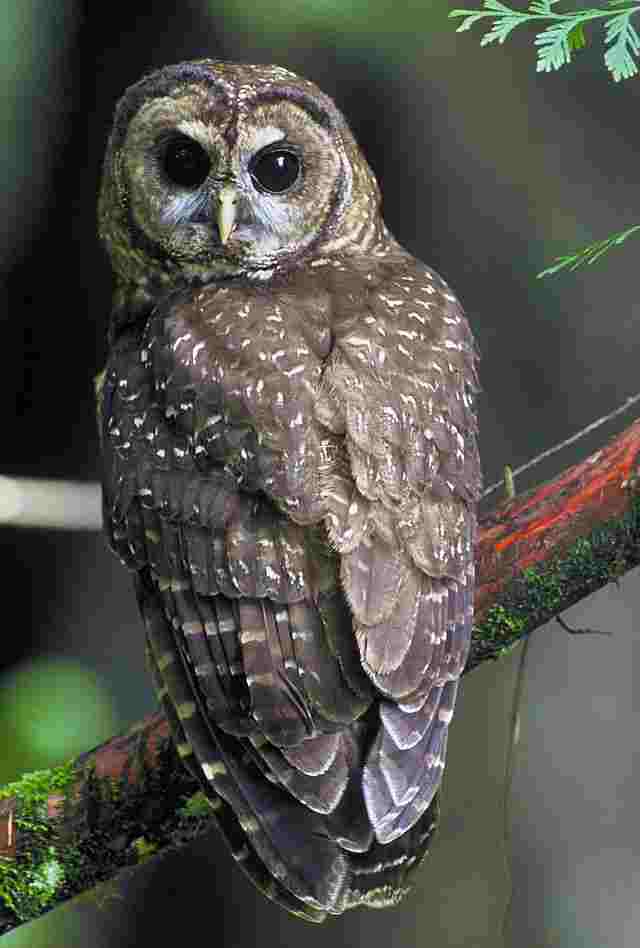
Owls, nocturnal birds of prey characterized by keen senses and stealthy hunting tactics, occasionally hunt snakes. While not a primary part of their diet, certain owl species, especially the larger ones, may opportunistically capture and consume snakes. Their exceptional night vision and sharp talons aid in catching snakes in darkness. This predation helps regulate snake populations and contributes to the overall balance of the ecosystem in which they reside.
Mongoose (Various species):
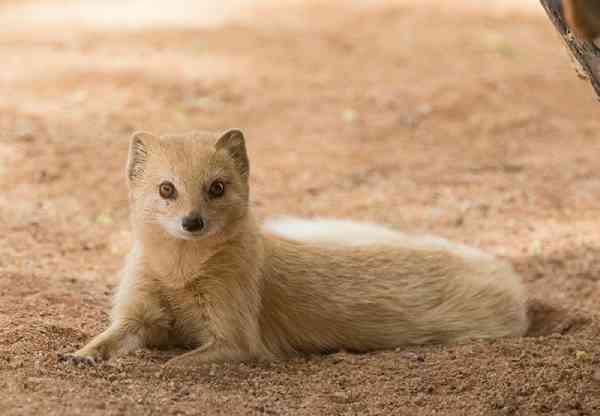
Mongooses, known for their agility and swift movements, are efficient snake hunters. They possess a natural resistance to snake venom, enabling them to confront and overpower venomous snakes. With their quick reflexes and sharp teeth, mongooses skillfully evade snake bites and deliver fatal bites to the snakes they hunt. Their ability to control snake populations is essential for maintaining the ecological equilibrium within their habitats.
Honey Badger (Mellivora capensis):

The honey badger, a tenacious and fearless carnivore, is a skilled snake hunter. Known for its strength, agility, and thick skin that provides protection against snake bites, the honey badger fearlessly confronts and preys upon various snake species. It displays remarkable persistence and ingenuity in capturing snakes, making it a formidable predator. This hunting behavior aids in controlling snake populations and contributes to the ecological stability of its habitat.
Wild Boar (Sus scrofa):

Wild boars, robust and opportunistic omnivores, are known to prey on snakes as part of their varied diet. While they primarily feed on plant matter, they do not hesitate to consume small snakes when the opportunity arises. Wild boars use their keen sense of smell and strong jaws to locate and consume snakes, particularly during foraging activities. This opportunistic predation helps maintain snake populations at bay, contributing to the balance of their ecosystem.
Marten (Various species):

Martens, agile and carnivorous mammals known for their tree-climbing abilities, occasionally include snakes in their diet. While not a primary food source, martens opportunistically hunt and consume snakes, especially smaller species. Their sharp teeth and climbing prowess allow them to capture snakes both on the ground and in trees. This opportunistic predation plays a minor role in controlling snake populations and reinforcing the ecological balance within their habitats.
Weasels (Various species):

Weasels, small and agile carnivores with voracious appetites, are opportunistic snake hunters. While they primarily feed on rodents, weasels occasionally prey on snakes, particularly smaller species. Their slender bodies and swift movements enable them to access snake burrows and hiding places, making them effective hunters. Weasels play a minor role in controlling snake populations, indirectly contributing to the overall stability of their ecosystems.
Foxes (Various species):

Foxes, versatile and opportunistic carnivores, occasionally prey on snakes. While their diet primarily consists of small mammals, birds, and insects, foxes may opportunistically hunt and consume snakes, especially snake eggs and young snakes. Their sharp teeth and keen sense of smell aid in locating and capturing snakes, albeit not a major part of their diet. Foxes play a minor role in controlling snake populations, contributing to the ecological balance of their habitats.
Raccoons (Procyon lotor):

Raccoons, highly adaptable and opportunistic omnivores, may include snakes in their varied diet. While they primarily consume fruits, insects, and small mammals, raccoons opportunistically prey on snakes, particularly when other food sources are scarce. Their dexterous forepaws and sharp teeth allow them to hunt and consume snakes, contributing to the regulation of snake populations and the overall equilibrium of their ecosystem.
Badgers (Various species):
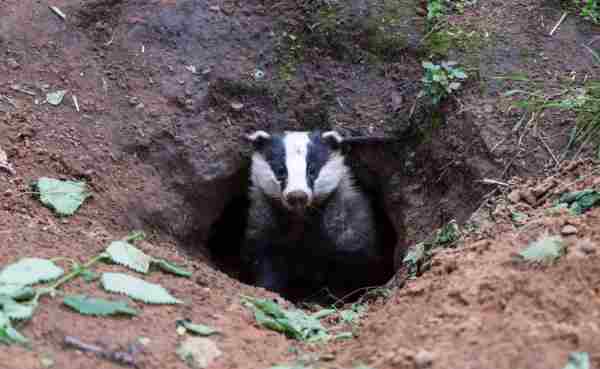
Badgers, sturdy and burrowing mammals known for their strength and persistence, are opportunistic snake hunters. While they primarily feed on small mammals, insects, and plant matter, badgers may prey on snakes, particularly those they encounter while foraging. Their powerful forelimbs and sharp claws enable them to capture snakes efficiently. Badgers play a minor role in controlling snake populations, contributing to the overall balance of their habitats.
King Snakes (Various species):

King snakes, non-venomous constrictors known for their bold patterns and colors, are notorious snake hunters. They possess immunity to the venom of various snake species, enabling them to hunt and consume both venomous and non-venomous snakes. King snakes overpower their prey by constricting them and then consuming them whole. Their natural predation helps regulate snake populations, showcasing their important ecological role.
Black Racers (Coluber constrictor):

Black racers, a non-venomous snake species known for their speed and agility, occasionally fall prey to larger predators. While they possess excellent escape abilities, they can become food for larger snakes, birds of prey, mammals, and other predators in their ecosystem. Their presence in the food chain showcases the complex web of interactions within the ecosystem, highlighting the significance of their role as both predators and potential prey.
Secretary Bird (Sagittarius serpentarius):
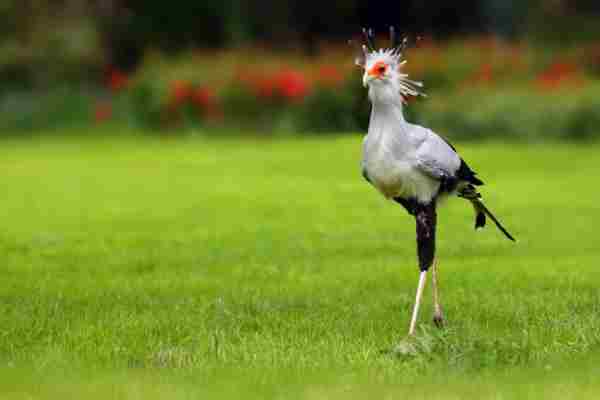
The secretary bird, a large bird of prey with unique characteristics, is a skilled snake hunter. It primarily feeds on snakes and other small vertebrates. Recognized for its powerful legs and sharp beak, the secretary bird delivers swift and fatal kicks to snakes after stunning them with its beak. This specialized hunting behavior highlights their important role in controlling snake populations and maintaining the ecological balance of their habitat.
Nile Monitor (Varanus niloticus):

The Nile monitor, a large and powerful lizard, is a proficient snake hunter. Recognized for its voracious appetite and exceptional hunting skills, the Nile monitor preys on a variety of animals, including snakes. With sharp claws and a strong bite, it effectively captures and devours snakes, contributing to the regulation of snake populations within its ecosystem.
Komodo Dragon (Varanus komodoensis):
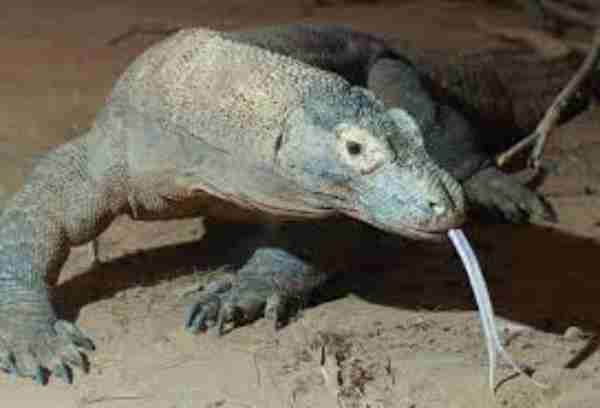
The Komodo dragon, the world’s largest lizard, is a formidable predator known for its hunting prowess. While it primarily feeds on large mammals and carrion, Komodo dragons have been observed hunting and consuming snakes. With their sharp teeth and powerful bite, they can overpower and consume snakes effectively. This hunting behavior showcases their versatile diet and underscores their role as apex predators within their habitat.
Cane Toad (Rhinella marina):

Cane toads, invasive amphibians with toxic skin secretions, can be opportunistic predators of smaller snakes. Their voracious appetite and toxin defense make them a potential threat to snake populations, especially juveniles or smaller species. While not a major predator, their presence and predation on snakes can influence local snake populations and their dynamics within the ecosystem.
Centipedes (Various species):
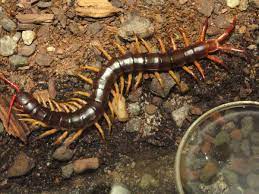
Certain large centipede species are known to hunt and consume small snakes. Equipped with powerful jaws and venomous fangs, centipedes can overpower and consume snakes much smaller than themselves. Their predatory behavior, though infrequent and opportunistic, highlights the diverse interactions and predation dynamics within the microhabitats where they coexist.
Humans:
Humans, as apex predators and highly adaptable beings, have historically hunted snakes for various purposes, including food, cultural practices, and skin or venom use. While modern hunting of snakes by humans is primarily for research, conservation, or pest control purposes, historical hunting for sustenance or traditional uses has impacted snake populations. Sustainable hunting practices and conservation efforts are crucial to mitigate any potential negative effects on snake populations and maintain a balanced coexistence.
Behavioral Adaptations of Predators:
Predators targeting snakes have evolved specific behavioral adaptations to effectively locate, subdue, and consume their serpent prey. Some birds of prey, like eagles and hawks, possess keen eyesight and aerial prowess, allowing them to spot snakes from great distances and launch precise attacks.
Mammalian predators, such as mongooses, employ their agility, speed, and keen senses to stalk and ambush snakes. Additionally, some predatory snakes, equipped with infrared sensors, are highly adept at detecting the body heat of their prey, aiding in successful hunting.
These behavioral adaptations illustrate the fascinating array of strategies predators have developed to outmaneuver and capture snakes, showcasing the beauty of natural selection at work in the animal kingdom.
Conservation Implications and Future Research:
Understanding the dynamics of predator-prey relationships involving snakes holds significant conservation implications, especially in regions where certain snake species are threatened or endangered. Conservation efforts need to consider not only the conservation of snake species but also the predators that rely on them as a food source.
Additionally, further research into the interactions between snake predators and their prey can inform conservation strategies, habitat preservation efforts, and wildlife management practices. In-depth studies on the impacts of human activities, climate change, and habitat loss on these interactions are crucial for formulating effective conservation policies that safeguard the delicate balance between predators and snakes, ensuring the long-term survival of both.
Final Words:
The predator-prey relationship, a fundamental aspect of ecology, unveils the intricate dance of survival that unfolds in the animal kingdom. Snakes, as both predators and prey, play a crucial role in this complex web of life. The predators that hunt snakes showcase the marvels of evolution, highlighting the diversity of strategies that have evolved over eons.
As we delve into the depths of this primal relationship, we not only gain a profound understanding of the natural world but also recognize the urgent need to conserve and protect these intricate dynamics. Let us embrace the beauty of nature’s delicate balance and work together to preserve the habitats and species that make our world a wondrous and biodiverse tapestry.
Reference:
- https://animals.sandiegozoo.org/animals/cobra
- https://www.britannica.com/animal/mongoose
- https://m.timesofindia.com/city/bhubaneswar/1kg-of-dried-snake-venom-seized/articleshow/87829807.cms
A motivated philosophy graduate and student of wildlife conservation with a deep interest in human-wildlife relationships, including wildlife communication, environmental education, and conservation anthropology. Offers strong interpersonal, research, writing, and creativity skills.










